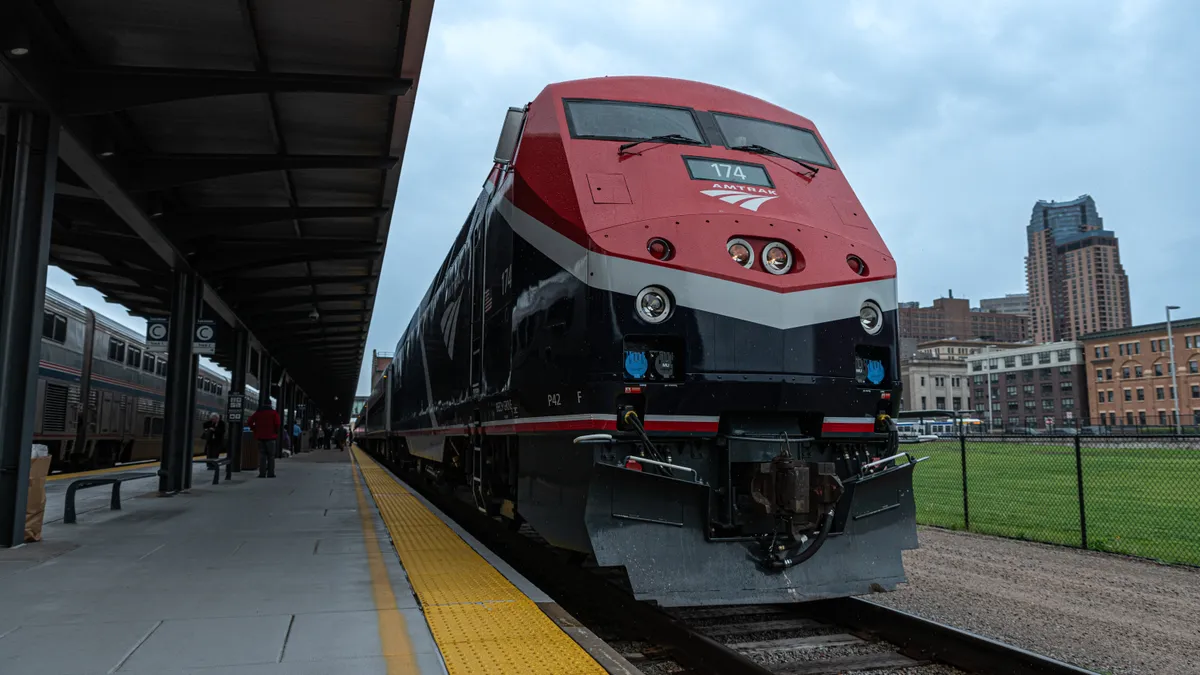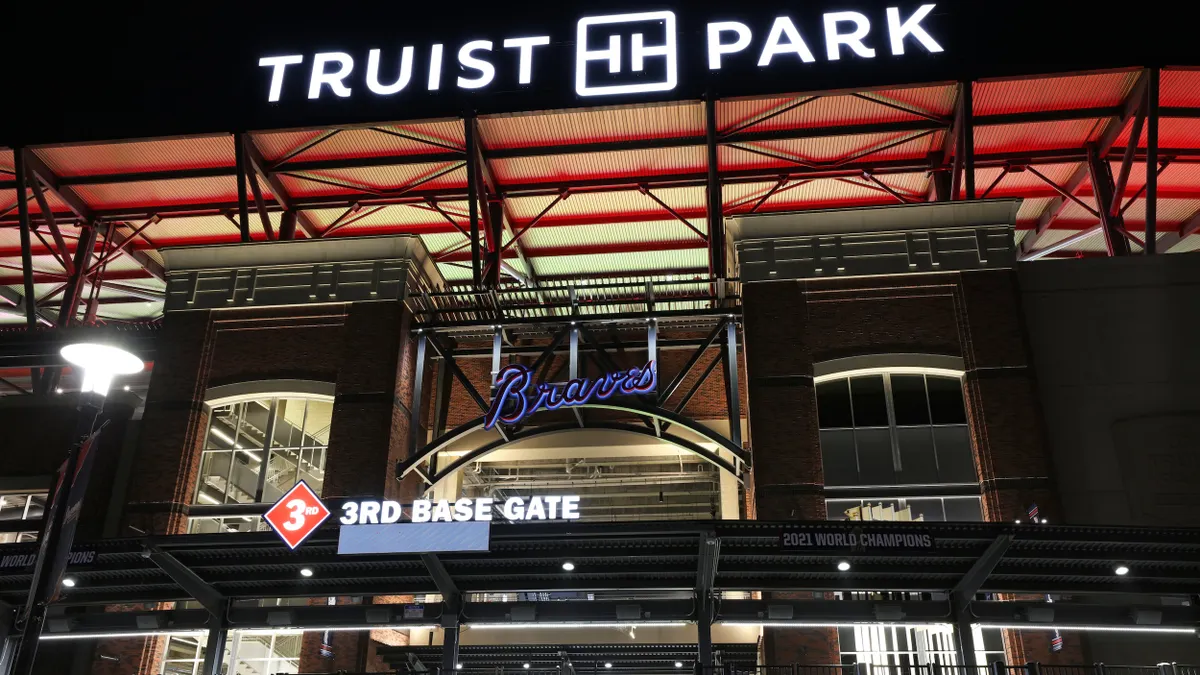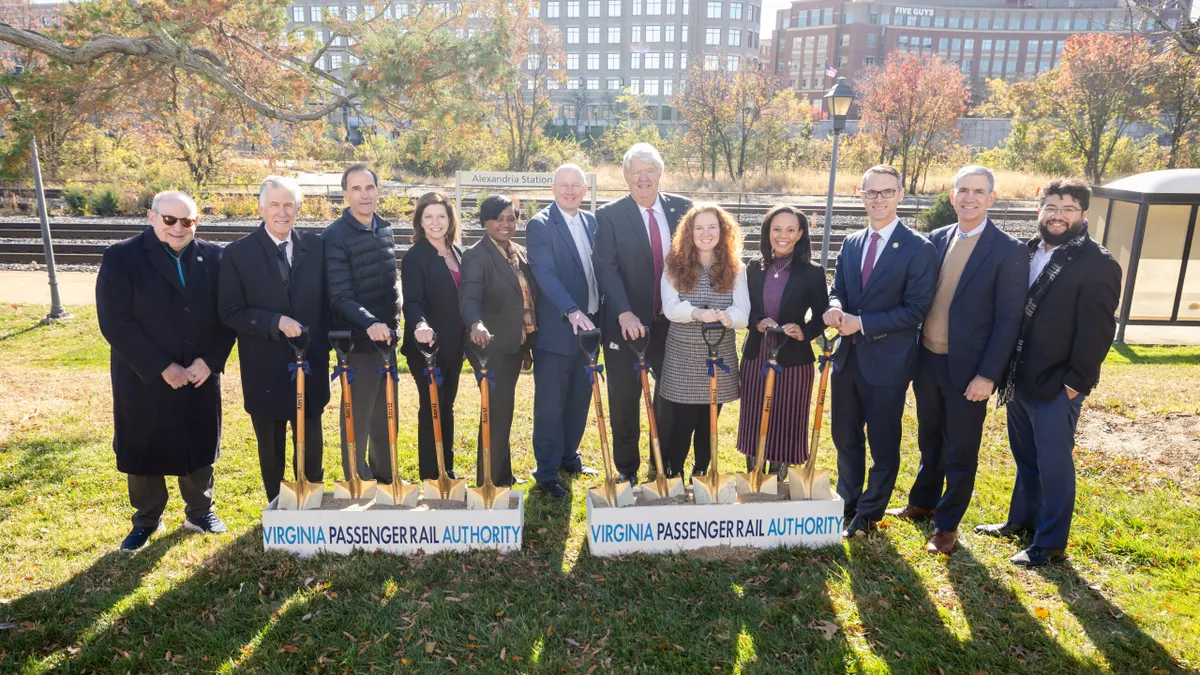For the first time in 47 years, the National Transportation Safety Board (NTSB) has compiled a report examining bicyclist safety on U.S. roadways, including recommendations to reduce injuries and deaths. While many cheer the initial report suggestions, a last minute amendment about helmets has raised the ire of many cycling advocates.
The full report with 23 findings and a dozen safety recommendations will be available in a few weeks, but the staff research panel's findings and recommendations were discussed in depth and approved during an NTSB board meeting in Washington, DC on Tuesday.
What the data shows
The board and staff voiced concerns about the rise in U.S. cyclist deaths, citing National Highway Traffic Safety Administration (NHTSA) data released last month that put both bicyclist (857) and pedestrian (6,283) traffic deaths at their highest level since 1990. NTSB emphasized the need for critical changes to reverse this trend.
Although overall accidents occur most frequently at intersections, cycling deaths occur most frequently when vehicles are passing and overtake cyclists mid-block. The report focused on three main areas to boost cyclist safety at both of those places: improve roadway infrastructure, enhance cyclist conspicuity (visibility) and mitigate head injuries.
"If we do not improve roadway infrastructure for bicyclists, bicyclists will die who otherwise would not," NTSB Chair Robert Sumwalt said during the hearing. He referenced similar outcomes if no concerted efforts are taken to increase cyclist visibility and mitigate head injuries.
A key infrastructure improvement recommendation is to implement protected or separated bike lanes, which have vertical barriers — in some cases also a parking lane — between a bike lane and vehicle lane. Although 35 states have recommended protected bike lanes on state roadways, only four have implemented the measure. Other improvements include two-stage bicycle turn boxes at intersections and bicycle-specific icons on traffic lights.
The League of American Bicyclists supports NTSB's recommendations involving protected and separated bike lanes, organization representatives told Smart Cities Dive via email. More generally, the group would like to see Complete Streets designs implemented everywhere. But the League's Policy Director Ken McLeod sees one big infrastructure area missing from Tuesday's discussion: trails.
"There are lots of places where urban trails provide a safe alternative to streets... I'd love to see more proactive thinking and big thinking around bike infrastructure. We're able to fund billion dollar highway interchanges but often feel extremely resource constrained when asked to build bicycle infrastructure," McLeod said.
Fatalities disproportionately occur in dark conditions and motorists might not see bicyclists even when scanning the landscape, so better visibility measures are recommended, said NTSB investigator Jana Price. Because of the "inherent challenges" with increasing cyclists' low usage of visibility enhancers such as reflective gear and bike lights, it's easier and more effective for manufacturers to incorporate them onto bikes, she said.
NTSB also advocates for collision avoidance systems on vehicles to detect cyclists. "We believe that collision avoidance technologies could be modified to detect bicycles, thereby reducing collisions and injuries," Price said.
In addition, the agency is in favor of connected technologies that are being tested for communication between connected vehicles and pedestrians or cyclists. Cyclist communication would be through personal devices, and the systems have the potential to alert both a vehicle driver and a cyclist of potential issues.
The report suggests greater and accelerated action from other federal agencies. It recommended the U.S. Consumer Product Safety Commission update guidance on reflective and illumination bicycle equipment, which last was updated in 1980 prior to the introduction of LED lights. NTSB urges NHTSA to proceed with rulemaking on adaptive headlights, large vehicle blind spots and collision detection systems.
About 62% of bicycle fatalities were related to head injuries. Wearing a helmet reduces the likelihood of all head injuries by 48% and of serious head injuries by 60%. However, 46% of bicyclists report never wearing a helmet, said Ivan Cheung, NTSB research analyst. He cited research showing that helmet laws are effective in increasing helmet use, from about 10% up to 84% in some cases.
The NTSB study did not delve into issues related to e-scooters because the devices are too new and not enough data is yet available for them. But Cheung said it is a "very relevant topic" and that most of the safety recommendations in the report — especially helmet use — "would work for e-scooters as well."
Stirring up controversy
Some of the NTSB's positively received bike infrastructure improvement suggestions were somewhat overshadowed when the board approved a last minute addition to the report recommendations.
The report stopped short of recommending mandatory helmet laws, which Cheung said can have "unintended consequences," widely understood to be a potential drop in bicycle ridership. But NTSB Board Member Jennifer Homendy proposed the recommendation that all states require mandatory helmet laws for cyclists of all ages, based on the research board's data about head injuries and helmets' effectiveness in injury prevention. No state currently has an all-ages law in place; 22 states (including Washington, DC) have laws that require helmets for children under a certain age, most of which set a threshold ranging from 12 to 18 years old.
Helmet laws sometimes are referred to as a form of victim blaming, and they're said to be reactive instead of proactive safety measures. Many cycling advocates say the real answer is to improve motorist behavior and bike infrastructure, not to target cyclists or promote enforcement measures that, if abused, could lead to harassment.
Although The League of American Bicyclists recommends voluntary helmet use, it's among the groups opposing mandatory helmet laws.
"[W]e are disappointed by the NTSB decision to endorse mandatory helmet laws for all people who bike. The League believes that the safety of people who bike will be best advanced through coordinated improvements to streets and cars, which kill more than 90% of people who die while biking, rather than laws that may be enforced in discretionary and discriminatory ways," the group said in a statement.
The board members debated the issue and the potential to discourage bicycling, as well as the perception of contributing to a "nanny state," but ultimately decided to include the measure in the report's final recommendations. Criticism from cycling advocates immediately erupted on social media.
"I would love to see more people out of their cars and riding bikes. That would be fantastic. But the NTSB's mission is not bicycle use. It is safety. Our goal is zero injuries, zero deaths," Homendy said.




















